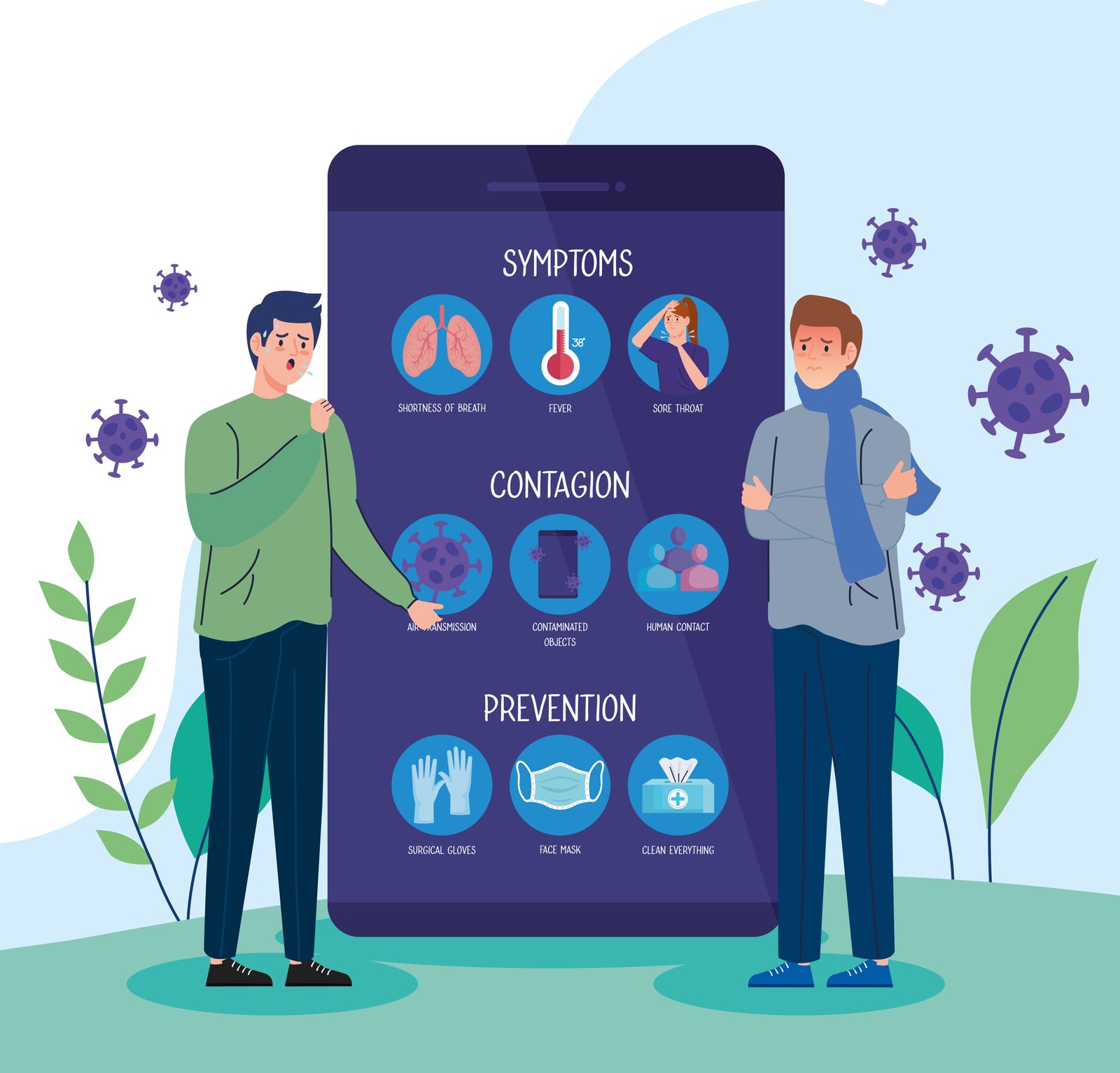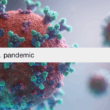
Introduction
Health promotion and disease prevention are integral components of modern healthcare. They aim to improve the health and well-being of individuals and communities by proactively addressing risk factors and promoting healthy behaviors. In this blog post, we’ll explore the significance of health promotion and disease prevention, their impact on public health, and the role of various stakeholders, including the government, healthcare organizations, and individuals. We’ll also examine real-world examples of successful programs and interventions that have made a positive difference in the lives of people.
Understanding Health Promotion and Disease Prevention
Health promotion involves activities and strategies aimed at enhancing people’s well-being and preventing illnesses. Disease prevention, on the other hand, focuses on reducing the occurrence and severity of diseases through proactive measures. Both concepts share a common goal: to keep people healthy and prevent avoidable suffering.
The Importance of Health Promotion
Health promotion is crucial for several reasons:
- Preventing Chronic Diseases: Health promotion programs and interventions play a vital role in preventing chronic diseases such as diabetes, heart disease, and obesity. By encouraging healthy behaviors like regular exercise and a balanced diet, they reduce the risk factors associated with these conditions.
- Promoting Healthy People 2030: The Healthy People 2030 initiative in the United States sets ambitious goals for improving the nation’s health. Health promotion strategies are key to achieving these goals by addressing factors that affect public health, including social determinants.
- Community-Based Interventions: Health promotion fosters community engagement and empowerment. When communities are involved in shaping their own health initiatives, they are more likely to succeed in creating healthier environments.
The Significance of Disease Prevention
Disease prevention is equally vital:
- Reducing Healthcare Costs: Preventive health measures can significantly reduce healthcare costs in the long run. By avoiding expensive treatments and hospitalizations, healthcare systems can allocate resources more efficiently.
- Improving Public Health: Preventing diseases at their source leads to a healthier population overall, reducing the burden on healthcare systems and enhancing the quality of life for individuals.
- Managing Risk Factors: Disease prevention programs address various risk factors, including smoking, alcohol consumption, and unhealthy diets. By targeting these factors, they contribute to a healthier society.
Government’s Role in Health Promotion and Disease Prevention
Governments play a crucial role in health promotion and disease prevention. They allocate resources, create policies, and implement programs aimed at improving public health. For example, the National Center for Chronic Disease Prevention and Health Promotion in the United States focuses on reducing the impact of chronic diseases through educational campaigns and policy advocacy.
Healthcare Organizations and Preventive Services
Healthcare organizations are at the forefront of preventive services. They provide screenings, vaccinations, and education to patients to identify and mitigate health risks. Primary care physicians often serve as the first line of defense in preventive healthcare, offering guidance on lifestyle modifications and early disease detection.
Community Initiatives for Health Promotion
Communities also play a pivotal role in promoting health. Grassroots initiatives, such as community gardens, fitness classes, and support groups, create environments that encourage healthy behaviors and foster social connections. For example, community-based programs like “Bike to Work” campaigns can promote physical activity and reduce air pollution simultaneously.
Successful Health Promotion and Disease Prevention Programs
Several successful programs and interventions have demonstrated the effectiveness of health promotion and disease prevention:
- World Health Organization’s Global Strategy on Diet, Physical Activity, and Health: This initiative focuses on reducing the risk factors for chronic diseases like obesity and heart disease by encouraging healthier eating and increased physical activity.
- Tobacco Control Programs: Many countries have implemented comprehensive tobacco control programs to reduce smoking rates. These programs often include taxation, smoking bans in public places, and public awareness campaigns.
- Immunization Programs: Vaccination campaigns have played a significant role in preventing infectious diseases like polio, measles, and COVID-19.
Conclusion
In conclusion, health promotion and disease prevention are vital components of public health that aim to improve the well-being of individuals and communities. By addressing risk factors and encouraging healthy behaviors, these initiatives have a substantial impact on reducing the burden of chronic diseases, enhancing the quality of life, and reducing healthcare costs. Government agencies, healthcare organizations, and communities all have a role to play in promoting health and preventing diseases. As we move forward, it’s essential to continue investing in preventive measures to create a healthier, happier world for all.



